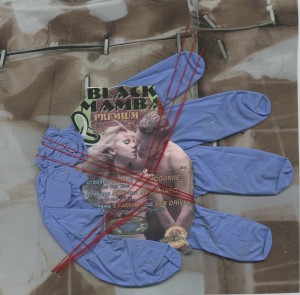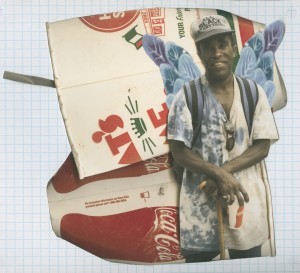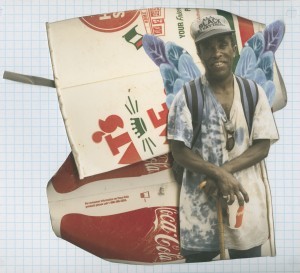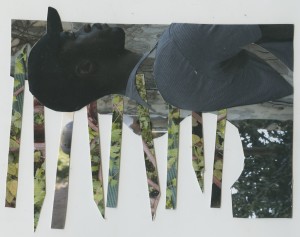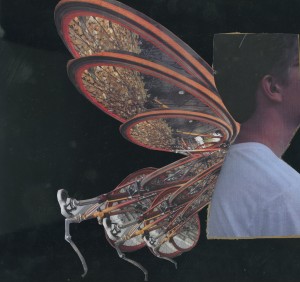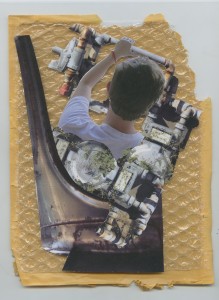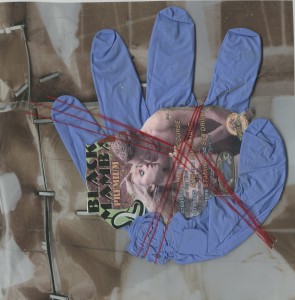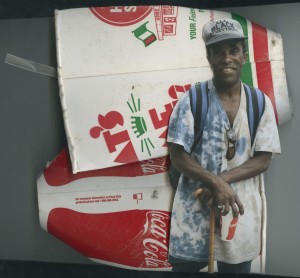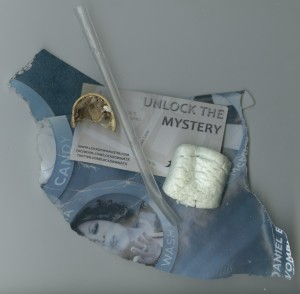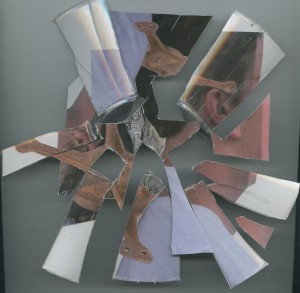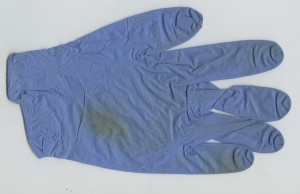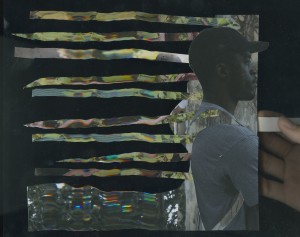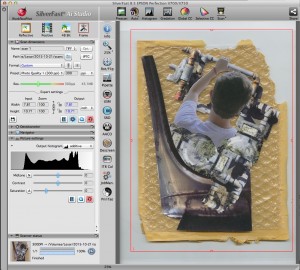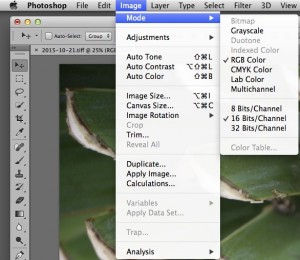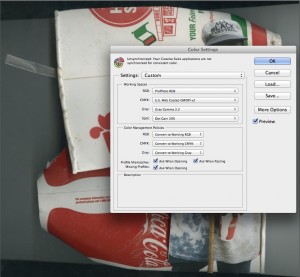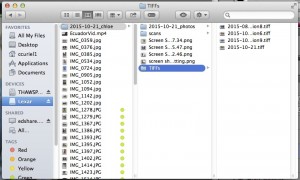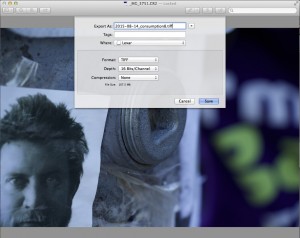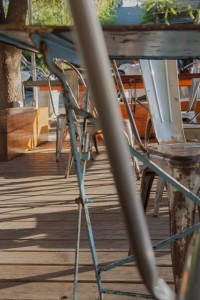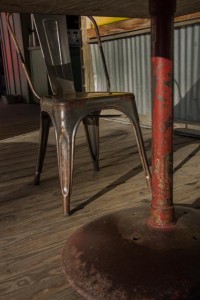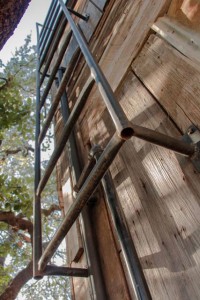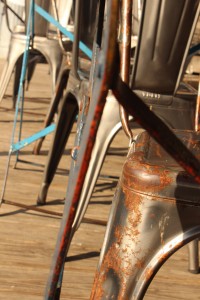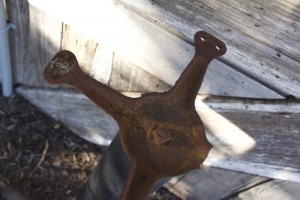Time is something so intangible that humans are constantly trying to find ways to represent and understand it. Martin Lam Nguyen, a Vietnamese artist who became part of the order of the Holy Cross at St. Edwards, had his on ideas for how to visually express moments in time. What better way to help humans understand time, than by using the human image itself? When I first walked down the long strip of Nguyen’s work, “Drawing/Painting TIME: (using portraits)”, I merely passed by absorbed the most eye-catching pieces as quickly as I could, I found that each face seemed like a work of it’s own and that these paintings or drawings merely shared a common substrate. Then, after sitting down and taking more time to look at the two bodies of work, I began to see them each as one large repetitive image that contained a pattern made up of space and small faces.
In the first piece of the exhibit, there are a lot of warm tones and skin colors, as the paintings are small portraits of peoples’ faces, but there are some contrasting areas made up of soft black and white portraits. These areas are less dense and softer on the eye, but a little harder to focus on because they are largely overpowered by the colored faces that contain more contrast and detail within them. The space between faces in both pieces is distributed evenly which makes a certain rhythm for the eye to follow as it travels down the lines formed by the repetition of faces. There are also orange lines drawn between the faces in the white piece, and the edges of the paper in the graphite piece creates a kind of grid to contain each image in it’s own space.
Later, after examining the closer details of the painted piece, I noticed there were little dates painted by each image, telling the viewer what year the image was from. The highlights in the faces really drew my attention, as well as the grey scale faces that differ from the majority of colored ones. I found that these faces painted in black and white looked like old photographs, which I thought was interesting placed in the midst of all the fleshy copper tones surrounding them. One of the aspects that puzzled me about the painted piece is that the distance between the faces are the same throughout, but the sizes of the faces are not. This variation in size isn’t as noticeable when looking at glance, but when the eye seeks out specific details, it is a little off-putting that some of the faces are smaller than others. In addition to size, some images contain more detail than others, which makes more variance than is originally observed. These aspects cause the viewer to notice proportions between images and the different skin tones create emphasis and draw the eye across the piece in constant motion.
My original thought when I saw these pieces was that the theme had to do with identity. The expression on each face was slightly different from the one beside it, but just enough to notice some sort of change throughout the columns. After I realized that there were dates under each painted face, the meaning changed to more of a time-based idea that these faces represent individually and as whole. I thought maybe it was a historical exploration of some sort, in which each face represented a place in time, but in no particular order since the dates seem to have little to do with the order and placement of the images. I felt that Nguyen was trying to convey the idea that, in an image, people are not allowed to change because it was captured at a set time under unremovable conditions. I also got a feeling that each image, as they represent a unique identity, shows that time forms identity and reveals things to us about ourselves and others, moment by moment.
One of the visual elements that led me to this idea of identity is the circular form around the photos that sort of contains them, because it made be think of profile photos on a social media or online profile. Profile pictures are constantly being updated to display what the person looks like currently, in the present, which is a defining factor that helps others understand who they are. The black and white graphite faces scream identity more than anything else because every drawing is of a young vietnamese child. I felt that Nguyen was trying to express a sense of commonality between them, whether it be culture, appearance, or thought process, because they are all fairly young and express similar emotions. One thought I had was that, because the graphite piece is in black and white only, that it represented how limited the children connection is with the rest of the world due to their age and level of understanding about the society they live in. This contrasted greatly with the colorful and multi-racial paintings that seemed to represent diversity and networks between races and places.
As a whole, I think Nguyen communicated his ideas about time very well with images that serve as symbols for moments in the past. Human expressions and qualities can show how a particular moment felt and can communicate those feelings to others. By using the sort of floating icon of a face, Nguyen’s portraits created a timeline for the eye to follow and gain information from. as you stroll by and lets your attention be grabbed by the difference in scale, color, and use of detail. I think the works are both unique captivating because they contain many parts that make up a larger picture. I also found it very successful because of how simple the formatting is and how clear the subject matter becomes after the viewer takes a few seconds to assess the lines and forms that make the pieces cohesive and whole.
I took away from this artwork that it is not necessary to have just one focal point, and that putting smaller images together can form very interesting pieces of art that keep the viewer thinking and attentive to the content and subject matter. The use of color and variations of lighting added depth and time to the piece that made it less of a flat design, and more of a piece of art that speaks through the strategic use of placement, details, and human expression.
